Home>Dining>Events & Etiquette>How Do Table Manners Differ Between The Poor And The Wealthy?
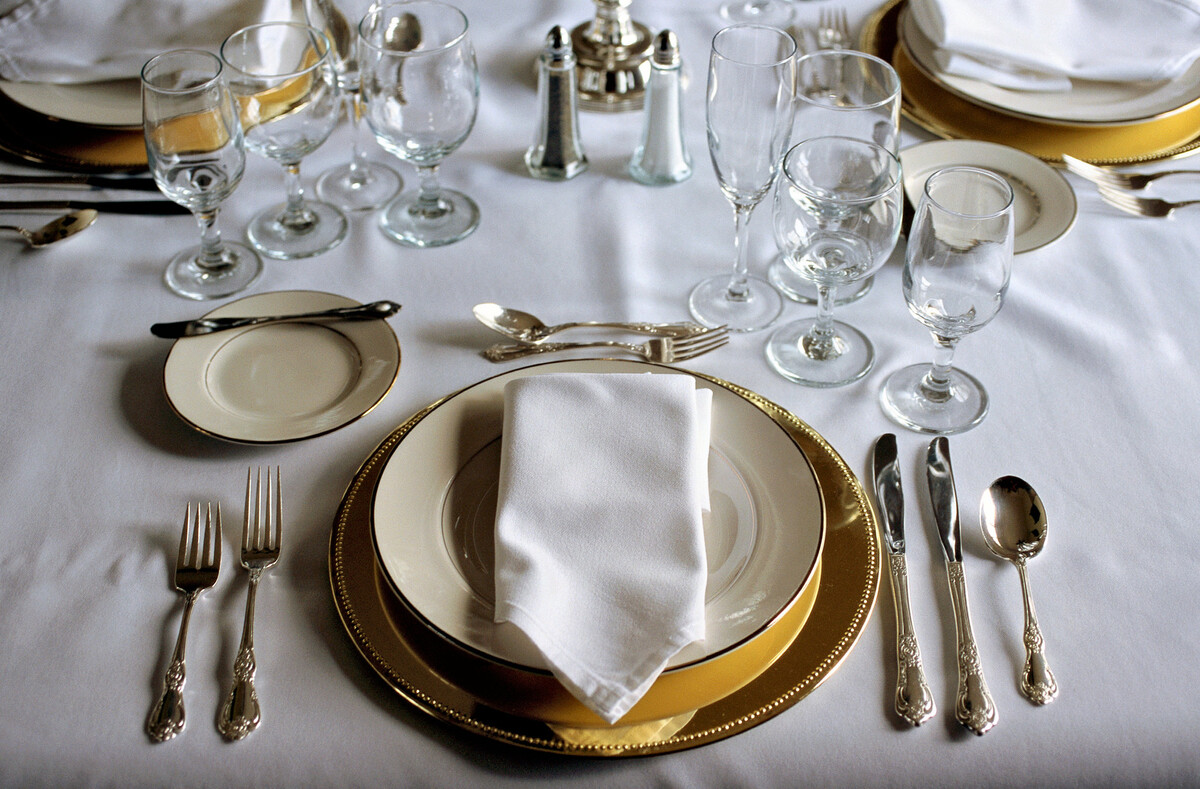

Events & Etiquette
How Do Table Manners Differ Between The Poor And The Wealthy?
Modified: January 4, 2024
Discover the contrasting table manners between the poor and the wealthy in our insightful article on events etiquette. Explore the disparities and dynamics that exist when it comes to dining customs.
(Many of the links in this article redirect to a specific reviewed product. Your purchase of these products through affiliate links helps to generate commission for Storables.com, at no extra cost. Learn more)
Introduction
Welcome to the world of table manners and etiquette, where our behaviors and customs shape the way we dine and interact with others. While table manners may seem like a universal concept, they can actually vary greatly depending on social class and economic status. In this article, we will explore how table manners differ between the poor and the wealthy, uncovering the nuances that exist in their respective dining experiences.
Table manners have a long history, rooted in societal norms and cultural practices. Dining etiquette has always played a significant role in distinguishing social classes and reinforcing status hierarchies. The wealthy have historically used elaborate meals and sophisticated dining customs to showcase their wealth and refinement, while the poor have often had to navigate more practical and utilitarian mealtime behaviors.
Let’s delve deeper into the differences in mealtime etiquette and explore the various aspects where disparities may arise: ambiance and decorum, utensil usage and handling, food choices and preparation, serving and seating arrangements, conversation and socializing, and the overall dining experience. By examining these differences, we can gain a better understanding of how economic status impacts our table manners and perceptions of dining etiquette.
So, grab a seat at the table, and let’s embark on this fascinating exploration of table manners between the poor and the wealthy.
Key Takeaways:
- Economic status significantly influences dining experiences, shaping ambiance, decorum, utensil usage, food choices, serving arrangements, and conversation. Understanding and respecting these differences fosters a more inclusive dining environment.
- Variations in table manners reflect societal power dynamics and social hierarchies. Embracing diversity, challenging biases, and celebrating cultural traditions can lead to a more inclusive and harmonious society.
Read more: How Do Men Acquire Very Poor Table Manners?
Historical Perspective
To truly understand the differences in table manners between the poor and the wealthy, it is important to take a step back in time and examine the historical context that shaped these behaviors.
In ancient civilizations, when societies were structured around rigid hierarchies, the wealthy and the poor had distinct dining experiences. In cultures like ancient Egypt, Greece, and Rome, opulent feasts were reserved for the elite, who showcased their wealth through extravagant banquets. These feasts were often characterized by large quantities of food, lavish decorations, and entertainment.
On the other hand, the poor had to make do with meager meals, with resources focused on basic sustenance rather than elaborate table settings. For the lower classes, the main objective was to consume enough calories to survive, often in a communal dining setting.
During the Middle Ages, mealtime etiquette became increasingly important for the nobility. Feudal lords held grand feasts to assert their power and establish social hierarchies. Elaborate table settings, intricate silverware, and complex dining protocols showcased their wealth and refinement.
The lower classes, however, had to contend with simpler meals. They often relied on one-pot dishes cooked over open fires and ate with their hands or shared communal utensils. The focus was on practicality and sustenance rather than formalized table manners.
The Industrial Revolution in the 18th and 19th centuries brought significant changes to dining etiquette. As industrialization progressed, the emergence of the middle class created a new social dynamic. The middle class aspired to emulate the wealthy and adopted their refined dining customs as a way to demonstrate their upward mobility.
The poor, meanwhile, faced even greater challenges during this period. With harsh working conditions and limited resources, their mealtimes were often rushed and lacked the elegance and formalities associated with the upper classes.
This historical perspective lays the foundation for understanding the nuances in table manners between the poor and the wealthy. As societies evolved, so did their mealtime customs, reflecting the social, economic, and cultural dynamics of the time.
Differences in Mealtime Etiquette
The differences in mealtime etiquette between the poor and the wealthy can be observed in various aspects of dining. These differences encompass ambiance and decorum, utensil usage and handling, food choices and preparation, serving and seating arrangements, conversation and socializing, and the overall dining experience.
Ambiance and decorum play a significant role in setting the tone for a meal. The wealthy often prioritize creating an elegant and refined atmosphere during their meals. Fine china, crystal glassware, and elaborate table linens are commonly used to enhance the dining experience. Formal dress codes may also be expected, requiring guests to dress in their best attire.
For the poor, however, ambiance and decorum may take a backseat. Practicality and functionality are more important factors. Meals may be shared in communal settings or small, modest dining areas. The focus is on nourishment rather than creating an extravagant atmosphere.
Utensil usage and handling also demonstrate differences in mealtime etiquette. Wealthy individuals are typically well-versed in the use of various utensils and follow proper dining protocols. Multiple courses may be served, requiring the use of different utensils for each. Cutlery may be arranged according to a specific order, indicating the proper sequence of use.
The poor, on the other hand, may have more limited access to utensils, or their meals may require a more hands-on approach. Eating with hands or using simple utensils like spoons and knives is common. There may be less emphasis on formal dining etiquette and more on convenience and practicality.
Food choices and preparation also vary between the poor and the wealthy. The wealthy often have the luxury of indulging in a wide array of gourmet and exotic dishes. Ingredients may be carefully selected, and meals can be intricately prepared by skilled chefs. The presentation of food is given great importance, with artistic plating and garnishes.
Conversely, the poor often have limited access to a variety of ingredients and rely on more basic and economical meals. Necessity drives their food choices and preparation methods. Sustenance and affordability take precedence over culinary extravagance, resulting in simpler and less elaborate meals.
The serving and seating arrangements further highlight the disparities in mealtime etiquette. In wealthier households, formal serving procedures may be followed, with waitstaff employed to ensure a smooth dining experience. Guests may also be assigned specific seats based on hierarchy or protocol.
In contrast, the poor may adopt a more casual approach to serving and seating. Meals may be served family-style, with everyone helping themselves from large shared dishes. Seating arrangements are often based on convenience and availability rather than any prescribed order.
Conversation and socializing during meals also differ between the poor and the wealthy. For the wealthy, mealtime conversation may include sophisticated discussions on various topics, such as politics, art, and current events. The dining experience is seen as an opportunity for intellectual engagement and networking.
The poor, however, may prioritize practical and immediate needs during their meals. Conversation may revolve around day-to-day matters, family, and work. The focus is on connecting with loved ones and satisfying hunger rather than engaging in intellectual discourse.
Overall, the dining experience is shaped by these differences in mealtime etiquette. The wealthy tend to view dining as a refined and luxurious affair, while the poor approach meals from a more practical standpoint. These disparities reflect the social and economic dynamics of our society and highlight the various ways in which our economic status influences our mealtime behaviors.
Ambiance and Decorum
The differences in table manners and etiquette between the poor and the wealthy are evident in the ambiance and decorum of their dining experiences. Ambiance refers to the overall atmosphere and mood created during a meal, while decorum relates to the proper behavior and conduct expected at the table.
For the wealthy, creating an elegant and refined ambiance is often a top priority. Fine dining establishments and affluent households strive to impress their guests with opulent surroundings. Lavish table settings, including fine china, crystal glassware, and elaborate table linens, are common features. The objective is to create a visually appealing and sophisticated atmosphere, evoking a sense of luxury and refinement.
Additionally, lighting plays a crucial role in setting the mood. Soft, warm lighting enhances the overall dining experience, creating an intimate and inviting ambiance. Candles or dimmed lights may be used to create an intimate setting, allowing guests to relax and indulge in their surroundings.
Alongside ambiance, decorum is essential in portraying proper etiquette. For the wealthy, formal behavior and decorum are expected. Guests are expected to dress appropriately, often adhering to a specific dress code. Men may be required to wear suits or formal attire, while women may opt for elegant dresses or cocktail attire.
Proper etiquette also extends to the way guests conduct themselves at the table. This includes maintaining good posture, using appropriate language, and engaging in polite conversation. The wealthy are well-versed in the art of small talk and engaging in meaningful discussions, often showcasing their knowledge and social prowess.
Contrastingly, the poor may experience a different ambiance and decorum during their meals. Practicality and functionality take precedence over creating an extravagant atmosphere. Modest households or communal settings may lack the grandeur and elaborate table settings of the wealthy.
Lighting in these settings tends to be more utilitarian, focusing on providing sufficient illumination for practical purposes rather than creating a specific mood. Natural lighting or simple lighting fixtures may be used, ensuring visibility without the need for ornate lighting arrangements.
Similarly, decorum in less affluent settings may be more relaxed and informal. Guests are not expected to adhere to strict dress codes, allowing for a more casual attire. The emphasis is on comfort and practicality rather than adhering to formalities.
Informal behavior and conversation may prevail, with a greater focus on creating a relaxed and friendly atmosphere. The aim is to foster a sense of warmth and togetherness among diners. Small talk may revolve around daily experiences, family matters, or casual subjects, with less emphasis on intellectual discussions.
The differences in ambiance and decorum between the wealthy and the poor highlight how economic status influences the overall dining experience. The wealthy prioritize elegance, refinement, and formalities, while the poor focus on practicality and creating a comfortable, informal environment.
By understanding and respecting these differences, we can appreciate the diversity of table manners and etiquette across different social classes and enjoy a more inclusive dining experience for all.
Utensil Usage and Handling
Another aspect where table manners differ between the poor and the wealthy is in utensil usage and handling. The way individuals utilize and handle utensils during a meal can reveal their level of familiarity with formal dining customs and their attention to proper etiquette.
For the wealthy, proper utensil usage is a key aspect of dining etiquette. Fine dining establishments and affluent households often provide an array of utensils to accompany different courses. Guests are expected to know which utensil to use for each dish, showcasing their understanding of proper dining protocols.
Utensils are typically arranged in a specific order, following a logical sequence of use. Forks, knives, and spoons are placed in a particular pattern, with each utensil serving a specific purpose. Knowledge of this arrangement demonstrates familiarity with formal dining settings.
The wealthy are accustomed to using a variety of utensils throughout a multi-course meal. They understand the appropriate time to switch from one utensil to another, ensuring a seamless dining experience. This level of proficiency signifies their refinement and sophistication in matters of dining etiquette.
On the other hand, the poor may have a more limited array of utensils at their disposal. Their meals may require fewer utensils or may be eaten using hands or shared communal utensils. The emphasis in such situations is on practicality and functionality rather than adhering to formal customs.
The poor may rely on basic utensils like spoons and knives, using them for a wide range of dishes. Their approach is often more straightforward, without the need for complex utensil arrangements or precise switching between utensils for different courses.
Furthermore, the way individuals handle utensils during a meal can also vary based on economic status. Wealthy individuals are likely to handle utensils with finesse and grace, employing proper dining techniques. They may hold forks and knives in a specific manner, ensuring precision and elegance in their movements.
Conversely, the poor may have a more casual and practical approach to utensil handling. Their focus is on eating the meal rather than adhering to strict rules of etiquette. They may hold utensils in a more relaxed grip, focusing on efficiently consuming their food without unnecessary formality.
It is important to note that these differences in utensil usage and handling do not signify a measure of one’s worth or intelligence but rather reflect the various dining customs and cultural practices that have evolved across different economic backgrounds.
By understanding and respecting these differences, we can appreciate the diversity of table manners and etiquette and foster a more inclusive dining environment where individuals from all backgrounds can feel comfortable.
Food Choices and Preparation
One of the most notable differences in mealtime etiquette between the poor and the wealthy lies in their food choices and preparation methods. Economic status can significantly influence the variety, quality, and presentation of meals.
The wealthy have the means to indulge in a wide range of food options. They often have access to gourmet ingredients, rare delicacies, and exotic cuisines. Their meals may feature a diverse array of flavors and textures, showcasing their sophisticated palates.
Food preparation for the wealthy is often an elevated culinary experience. Skilled chefs may meticulously craft intricate dishes, paying attention to every detail of the cooking process. Techniques such as sous vide, molecular gastronomy, and artistic plating are commonly employed to create visually stunning and memorable meals.
Furthermore, the presentation of food is given great importance in affluent households and fine dining establishments. Elaborate garnishes, edible flowers, and carefully arranged components are used to enhance the visual appeal of each dish. This attention to detail adds to the overall dining experience by engaging multiple senses.
Contrastingly, the poor may have more limited food choices due to economic constraints. Meals are often centered around affordability and practicality. The emphasis is on providing sufficient nutrition rather than culinary extravagance.
Food preparation for the poor is focused on simplicity and efficiency. One-pot meals, stews, and casseroles are commonly found, often made with readily available and affordable ingredients. These dishes are designed to be filling and satisfying, ensuring that all members of the household are adequately nourished.
While the poor may not have access to expensive ingredients, their meals can still offer a unique taste and charm. Traditional recipes and regional cuisines often play a significant role in their food choices, reflecting cultural traditions and local flavors.
Additionally, the presentation of the food may be less ornate in economically disadvantaged households. Simplicity is the key, with dishes served in their most natural form. The focus is on the flavor and the enjoyment of the meal rather than elaborate plating techniques.
It is worth noting that both the wealthy and the poor can appreciate and enjoy their respective food choices and preparation styles. Each approach offers its own distinct experiences and has its place in the culinary world. Understanding and embracing this diversity allows for a greater appreciation of different culinary traditions and the recognition that enjoyment and fulfillment can be found in a wide range of meals.
By acknowledging and respecting these differences in food choices and preparation, we can foster a more inclusive and understanding environment where individuals from all economic backgrounds can appreciate and enjoy diverse culinary experiences.
When dining with the wealthy, be mindful of formal table settings and use utensils from the outside in. With the poor, focus on being respectful and grateful for the meal provided.
Serving and Seating Arrangements
Serving and seating arrangements at the dining table also reveal differences in mealtime etiquette between the poor and the wealthy. These aspects highlight the various ways in which economic status influences the organization and formality of meals.
In wealthier households and formal dining settings, serving meals becomes an orchestrated affair. A designated host or waitstaff may oversee the process, ensuring a smooth and seamless dining experience for guests. Courses are served in a specific order, following a prescribed sequence that is often influenced by formal dining protocols.
Utmost attention is given to plating and presenting each dish. Portions are carefully measured and arranged to provide an aesthetically pleasing and balanced presentation. The timing of serving dishes is also crucial, ensuring that each course is served at the appropriate moment to maintain the flow of the meal.
Seating arrangements in affluent settings often follow specific rules of hierarchy, depending on the social status of the guests. The hosts may strategically seat individuals based on their importance or relationship to the family or organization. These seating arrangements are intended to create a harmonious and balanced dynamic at the table.
Dining in economically disadvantaged households or informal settings may have a more relaxed approach to serving and seating arrangements. Meals may be served family-style, with large dishes placed in the center of the table for everyone to help themselves. This communal style of dining fosters a sense of togetherness and encourages interaction among diners.
Seating arrangements in such settings may be based on convenience and availability rather than hierarchy or protocol. Guests often choose their seats based on personal preference or proximity to loved ones, further enhancing the relaxed and casual atmosphere.
It is important to note that the formal serving and seating arrangements in wealthier settings are not meant to imply superiority or exclusion. Instead, they reflect a long-standing tradition of hospitality, refinement, and the desire to provide an elevated dining experience for guests.
On the other hand, the communal and informal serving and seating arrangements in economically disadvantaged households showcase a sense of unity, generosity, and shared experiences during mealtime.
By understanding and appreciating these differences in serving and seating arrangements, we can foster a more inclusive dining environment that embraces and celebrates diverse customs and traditions.
Conversation and Socializing
The differences in mealtime etiquette between the poor and the wealthy extend to the manner in which they engage in conversation and socialize during meals. The dynamics of interaction, the topics discussed, and the level of formality greatly vary based on economic status.
For the wealthy, meals are often seen as an opportunity for intellectual engagement and networking. Table talk may revolve around a wide range of topics, such as politics, art, literature, and current events. Guests are expected to contribute to the conversation by offering thoughtful insights and engaging in meaningful discussions.
Socializing in affluent circles during meals is characterized by a certain level of sophistication and poise. Guests are well-versed in the art of small talk, striking a balance between being informative and entertaining. The goal is to create an engaging and stimulating atmosphere that reflects the refined interests and knowledge of the participants.
Additionally, the wealthy may employ formalities such as toasting and making speeches to honor special occasions or important guests. These rituals add an extra layer of elegance and ceremony to the dining experience.
On the other hand, socializing during meals in economically disadvantaged households tends to be more relaxed and casual. Conversation often revolves around day-to-day matters, family stories, personal anecdotes, and shared experiences. The focus is on immediate interactions and connecting with loved ones.
In such settings, the emphasis is not on intellectual discussions but on fostering a warm and friendly atmosphere. Guests may engage in lighthearted banter, laughter, and storytelling, creating a sense of togetherness and camaraderie.
Formalities such as toasting may be less prevalent or absent altogether, as the focus is more on enjoying the company of each other and sharing in the simple pleasures of a meal.
It is important to note that both approaches to conversation and socializing have their own value and significance. Intellectual discussion can broaden horizons and inspire new ideas, while casual and personal interaction fosters strong bonds and nurtures relationships.
By embracing and appreciating the diversity in conversation and socializing styles, we can create a more inclusive dining experience that accommodates a range of preferences and allows individuals from different economic backgrounds to feel comfortable and valued.
Overall Dining Experience
The overall dining experience is where the differences in mealtime etiquette between the poor and the wealthy culminate. It brings together all the various aspects we have explored, including ambiance, utensil usage, food choices, serving arrangements, and conversation.
For the wealthy, the dining experience is often a meticulously planned and orchestrated event. It is a time to indulge in culinary delights, engage in intellectual discussions, and create a memorable atmosphere. Fine dining establishments and affluent households strive to provide an elevated experience through elegant ambiance, refined decorum, and impeccable service.
Sophisticated and diverse cuisines are prepared with precision, utilizing exquisite ingredients and innovative culinary techniques. Utensil usage follows formal protocols, and attention is given to the smallest details of presentation. The conversation is intellectual and engaging, with topics that reflect the refined interests of the participants.
The overall dining experience for the wealthy is an opportunity to showcase their social status, cultural refinement, and ability to appreciate the finer things in life. It is a time to connect with others at a deeper level, forge relationships, and demonstrate their knowledge and sophistication.
Conversely, the overall dining experience for the poor is characterized by simplicity, practicality, and a focus on basic sustenance. Meals are centered around affordability, often shared in communal settings or modest households. The ambiance is more relaxed and informal, with an emphasis on comfort rather than extravagance.
Food choices are based on practicality and availability, and meals are prepared with efficiency and simplicity. Utensil usage is straightforward, without the need for elaborate arrangements or formal protocols. Conversation is casual and personal, with an emphasis on connecting with loved ones and fostering a sense of togetherness.
The overall dining experience for the poor is about nourishment, shared experiences, and the comfort of loved ones. It is a time to bond, enjoy each other’s company, and find joy in the simple pleasures of a meal.
It is crucial to recognize that the overall dining experiences of the poor and the wealthy can bring fulfillment and satisfaction in different ways. Both approaches have their own unique values and contribute to the richness and diversity of our dining culture.
By acknowledging and appreciating the differences in the overall dining experience, we can create a more inclusive and understanding environment that embraces the range of mealtime customs and ensures that everyone can enjoy a meaningful and fulfilling dining experience, regardless of economic status.
Implications and Observations
The differences in table manners and etiquette between the poor and the wealthy have implications that extend beyond the dining table. These observations shed light on societal structures, cultural norms, and economic disparities, offering valuable insights into our understanding of class dynamics and social interactions.
Firstly, the variations in mealtime etiquette reflect the power dynamics and social hierarchies that exist within our society. Historically, the wealthy have used elaborate dining customs to assert their status and distinguish themselves from the lower classes. Mealtime behaviors have been used as a means to reinforce social divisions and emphasize the privileges associated with wealth and affluence.
Furthermore, these observations highlight the influence of economic status on our overall dining experience. Ambiance, utensil usage, food choices, serving arrangements, conversation, and socializing are all influenced by wealth and social class. The differences in these aspects can create barriers or exclusivity, shaping the way individuals from different economic backgrounds perceive and participate in mealtime customs.
However, it is crucial to approach these observations with sensitivity and respect. While the differences may exist, it is important to remember that they are not indicative of personal worth or intelligence. Every individual, regardless of economic status, has their own unique experiences and cultural traditions that shape their table manners and dining customs.
By understanding and appreciating these differences without judgment, we can foster a more inclusive and understanding society. We can strive to break down stereotypes and barriers, creating a space where individuals from all backgrounds can come together, share their experiences, and learn from one another.
Moreover, these observations remind us of the importance of cultural diversity and the value that different perspectives bring to the table. The diverse range of table manners and etiquette across different economic backgrounds adds depth and richness to our culinary traditions. It is through the exploration and celebration of these differences that we can broaden our horizons and better appreciate the variety of customs and rituals that exist in our global society.
Ultimately, the implications and observations derived from the differences in table manners between the poor and the wealthy encourage us to embrace diversity, challenge our own biases, and create an inclusive environment where everyone can feel respected and valued. It is through our shared experiences and respectful engagement that we can build bridges and foster a greater understanding of one another.
Conclusion
The differences in table manners and etiquette between the poor and the wealthy are complex and multifaceted, reflecting the intersection of social class, cultural traditions, and economic disparities. Understanding these differences allows us to gain insight into the dynamics of power, societal norms, and the impact of economic status on our dining experiences.
We have explored various aspects where disparities arise, including ambiance and decorum, utensil usage and handling, food choices and preparation, serving and seating arrangements, conversation and socializing, and the overall dining experience. Each of these elements contributes to a distinct dining culture that is influenced by economic background and societal structures.
It is important to approach these differences with empathy and respect, recognizing that they are not indicators of personal worth or intelligence. Table manners and etiquette are rooted in cultural traditions and historical practices, shaping the way different social classes navigate their dining experiences.
By acknowledging and embracing the diversity of table manners, we can foster a more inclusive and understanding society. We can create spaces where individuals from all economic backgrounds can come together, share their experiences, and learn from one another. Through this mutual understanding, we can break down stereotypes, challenge biases, and build bridges of empathy and respect.
Furthermore, the observations derived from these differences encourage us to celebrate and value cultural diversity. The range of table manners across different economic backgrounds adds richness and depth to our communal dining experiences. It is through the exploration and appreciation of these differences that we can broaden our horizons, deepen our understanding of one another, and foster a more inclusive and harmonious society.
In conclusion, table manners and etiquette reflect not only the economic disparities but also the intricate tapestry of cultural practices and societal structures. By embracing the diverse customs and traditions that shape our dining experiences, we can create a world where everyone feels acknowledged, respected, and included at the table.
Frequently Asked Questions about How Do Table Manners Differ Between The Poor And The Wealthy?
Was this page helpful?
At Storables.com, we guarantee accurate and reliable information. Our content, validated by Expert Board Contributors, is crafted following stringent Editorial Policies. We're committed to providing you with well-researched, expert-backed insights for all your informational needs.

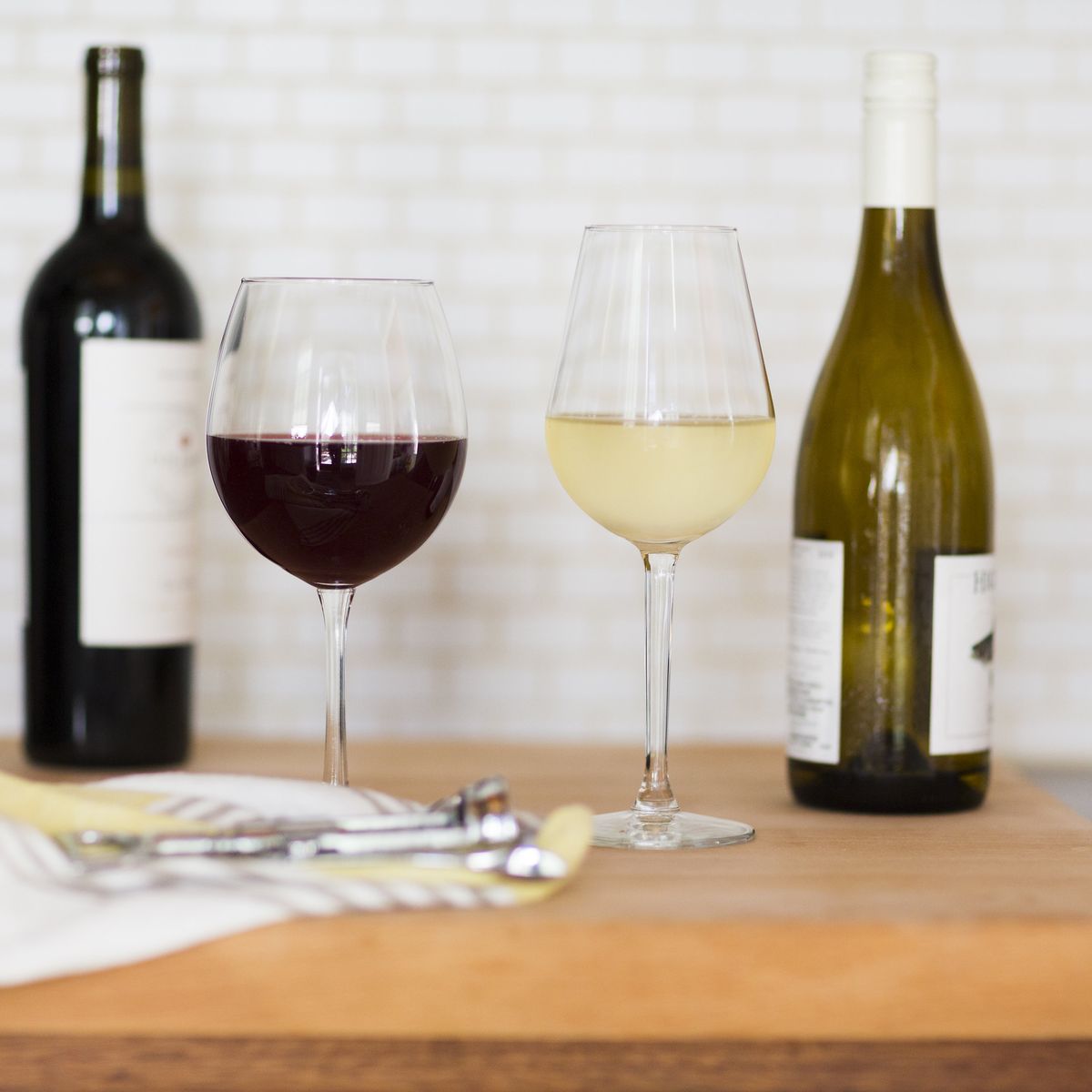

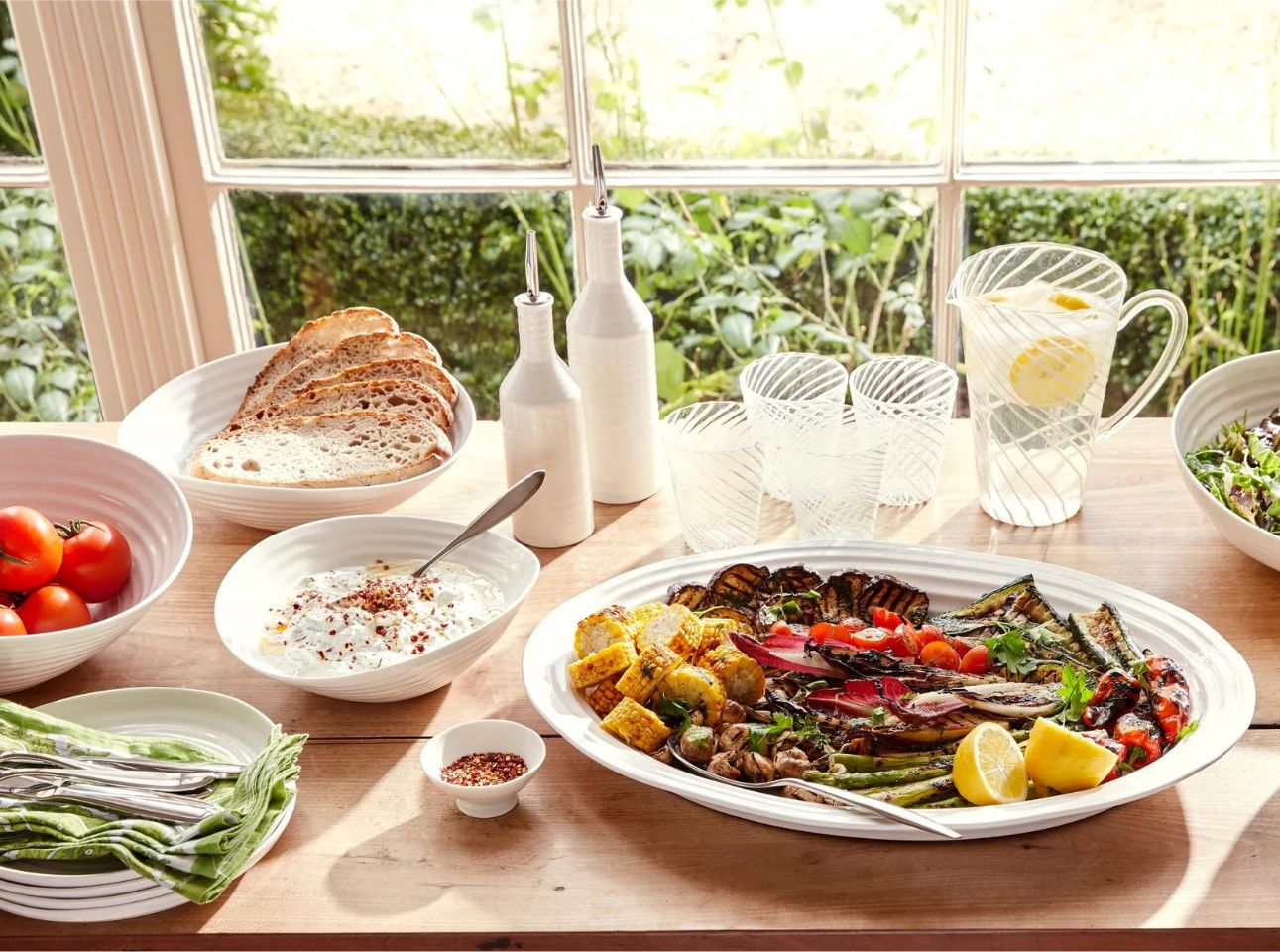
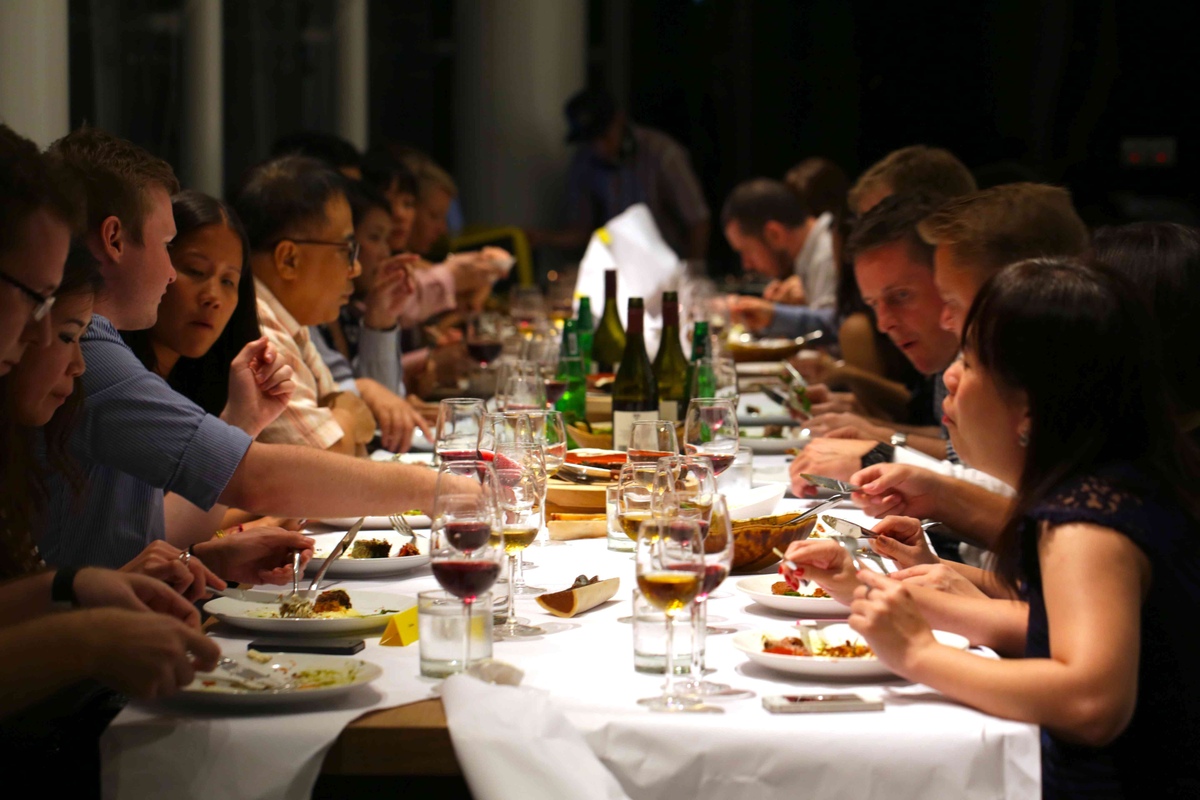
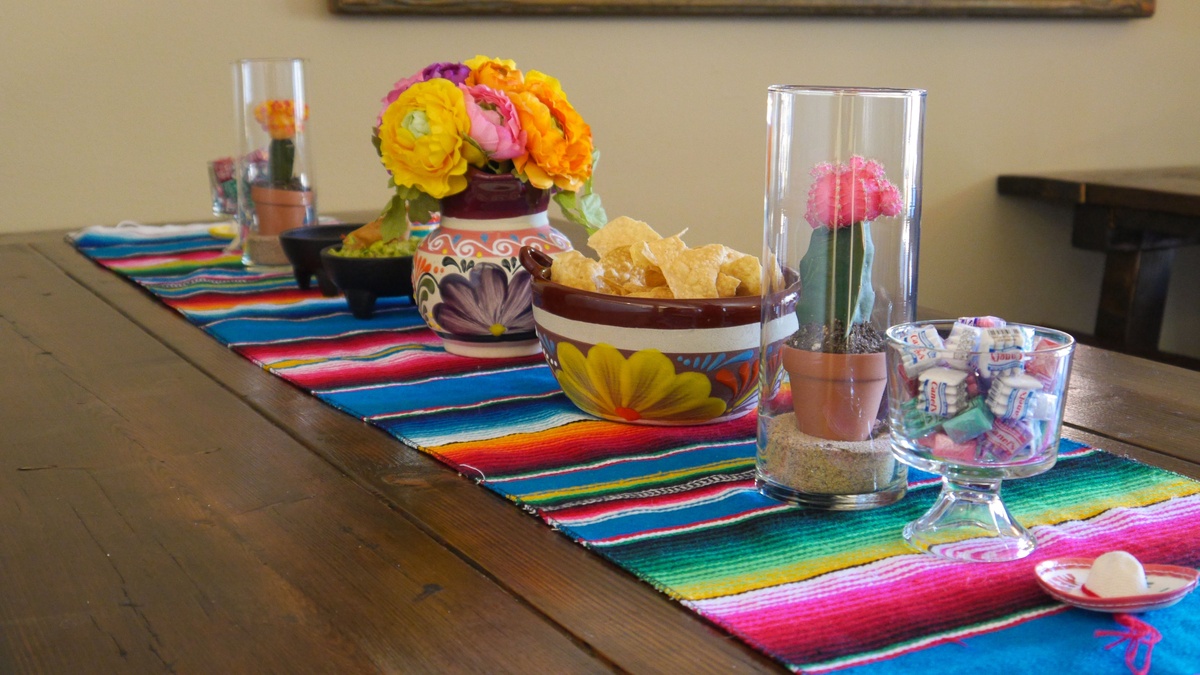

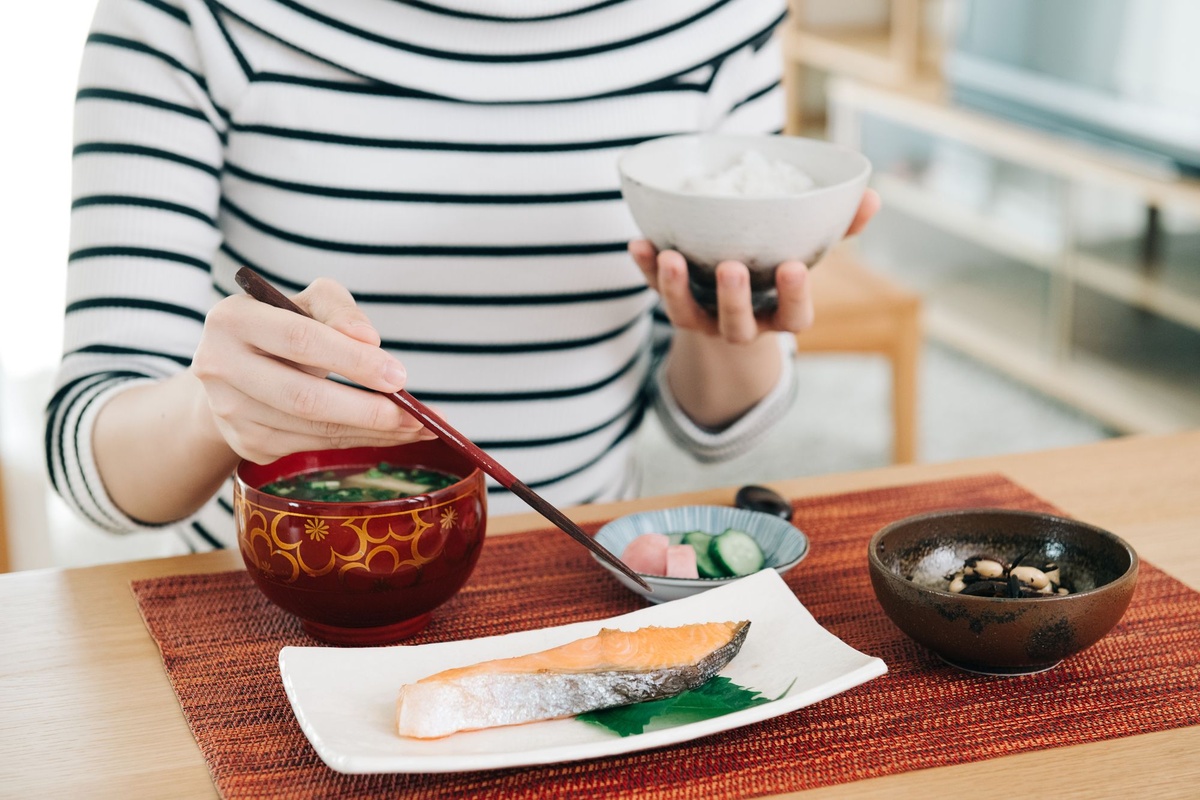
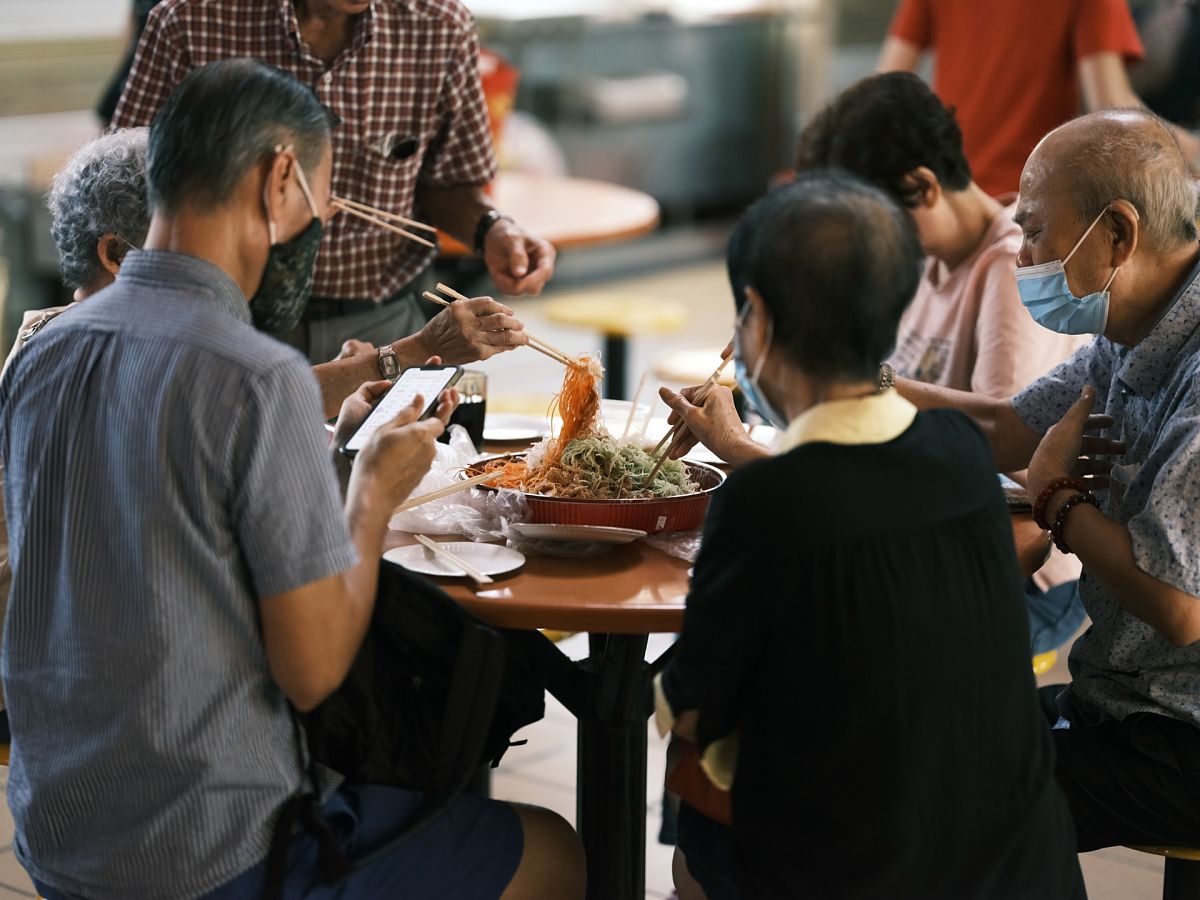





0 thoughts on “How Do Table Manners Differ Between The Poor And The Wealthy?”